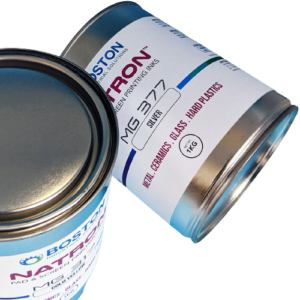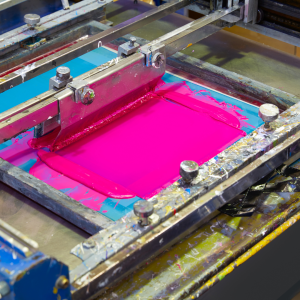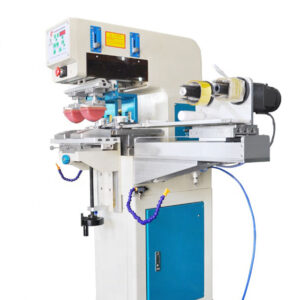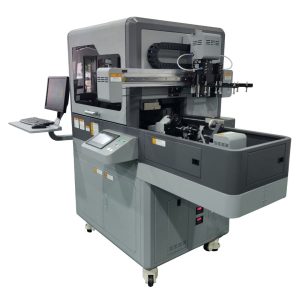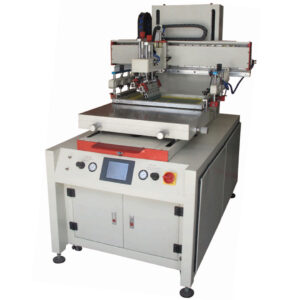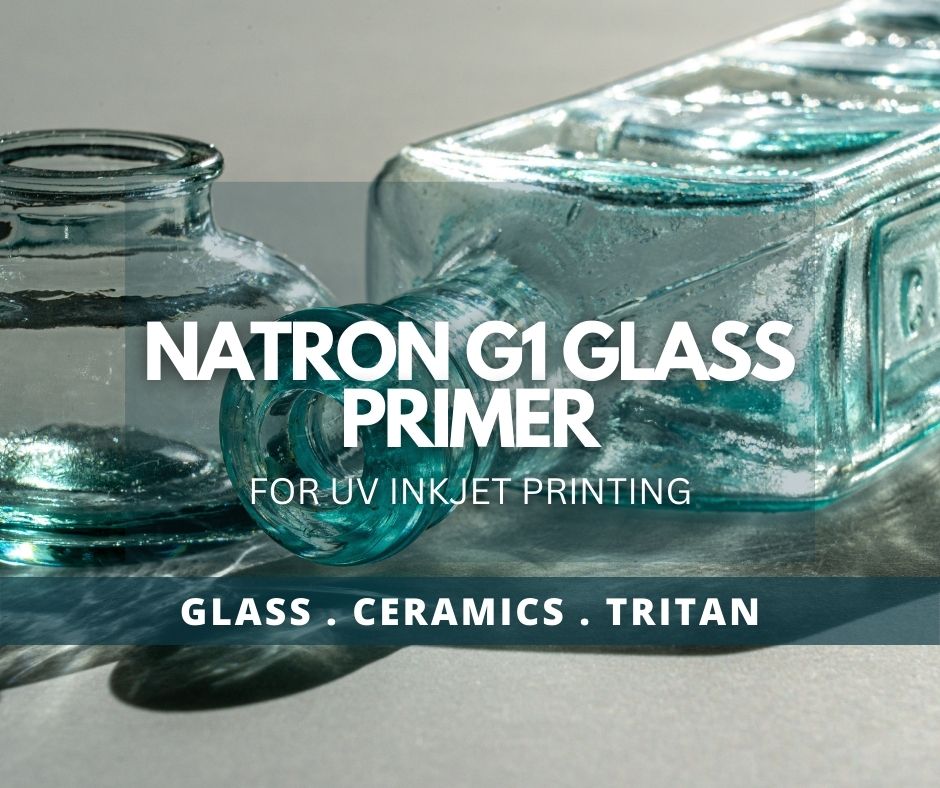UV printing on glass
UV inkjet inks have good adhesion on simple substrates. There is an increasing demand to print on complex substrates such as glass with UV inks. Printed glass is luxurious and is perfect for interior decoration. Glass is also used for drinkware applications such as beer mugs, candles, and growlers. Additionally, glass is perfect for packaging, e.g., honey. Digital printing brings glass to life.
How do you print on glass?
Digital printing on glass can be done on both flatbed and hybrid inkjet printers. UV inkjet ink adhesion on glass is not good. To achieve excellent UV ink adhesion, use a primer for UV printing on glass, such as the Natron G1 UV glass primer. The G1 Glass primer also works well on tritan plastic bottles. Lets discuss on how to improve UV ink adhesion on glass.
Tips for printing on glass
The first step to printing on glass is to determine the type of glass. There are three types of glass: float, tempered, and laminated glass. Note that after printing laminted glass, the intermediate PVB film or EVA film may no longer be considered safety glass because the printing process changes how they stick together.
Determining the type of glass and its use is very critical when it comes to UV inkjet printing. Architectural glass and glass prints for use in damp areas require special primers or protection. Architectural outdoor glass requires our two-component glass primer. This glass primer is also perfect for use on damp and humid areas.
A glass surface free of impurities is important for excellent UV curable ink adhesion. To keep the glass free from impurities, we recommend cleaning the glass with lint-free towels. Additionally, glass should be handled with nitrile or cotton gloves. If there are visible impurities such as finger prints or oils, clean the glass with deionized water or acetone in extreme cases. After cleaning, apply the Natron G1 Primer, then print.
To achieve the best prints on glass, print in high quality mode. While this uses more ink, it produces photographic quality prints. Additionally, this has the best cure for UV ink. Remember to have a print height of no more than 1.3mm.
Color profiles on inkjet machines are overlooked but are important to achieve a perfect print. For glass, specific color profiles must be created. While it may be difficult to measure through the glass, we recommend using transparency meters such as a Barbieri or atest X-rite i1. For thicker the glass, make the color profile on a thin Plexiglas or polyester foil to simulate the color effect on glass.
Glass Primers
A glass primer is necessary for good UV ink adhesion to glass. For newer inkjet printers or retrofitted printers with a primer function, we recommend the Natron JP254 UV Ink Jettable Primer. The advantage of this UV digital primer is that the primer can be applied on demand and exactly where needed. For industrial inkjet printers without a primer function, use Natron G1 glass primer or Natron G2 primer. The G1 Glass Primer is an excellent choice in terms of chemical resistance, adhesion, no residue, and ease of use. Apply the primer evenly with a lint-free cloth. Allow the primer to dry and print within 8 hours of application.
There are three types of inkjet inks. These are hard, neutral, and flexible UV inks. To print on glass, use neutral UV inks like the Natron 314 Inkjet series, which has a wide color gamut. We recommend printing the colors and the white layers simultaneously to achieve the best adhesion.
Always use acid-free adhesive layer foil to protect the prints. If you want to stop light from getting through, you could use block-out foil or black foil with a layer of white glue.
Lighting and white background
With a neutral white background, you achieve the best color result and the right gray balance. As a result, it is important to cover the print with white ink. White ink has a neutral balance. You should avoid foils with transparent adhesive layers. These foils often have a yellowish or blueish hue to them. This produces an undesirable effects, especially in light tones.
Always add a white intermediate layer if you want a vibrant picture. This is important when the print is light from the back. This effect is also known as Day & Night effect.
To learn more about our UV Inks for Industrial Inkjet Printers and Primer for UV printing on glass visit our products page.


